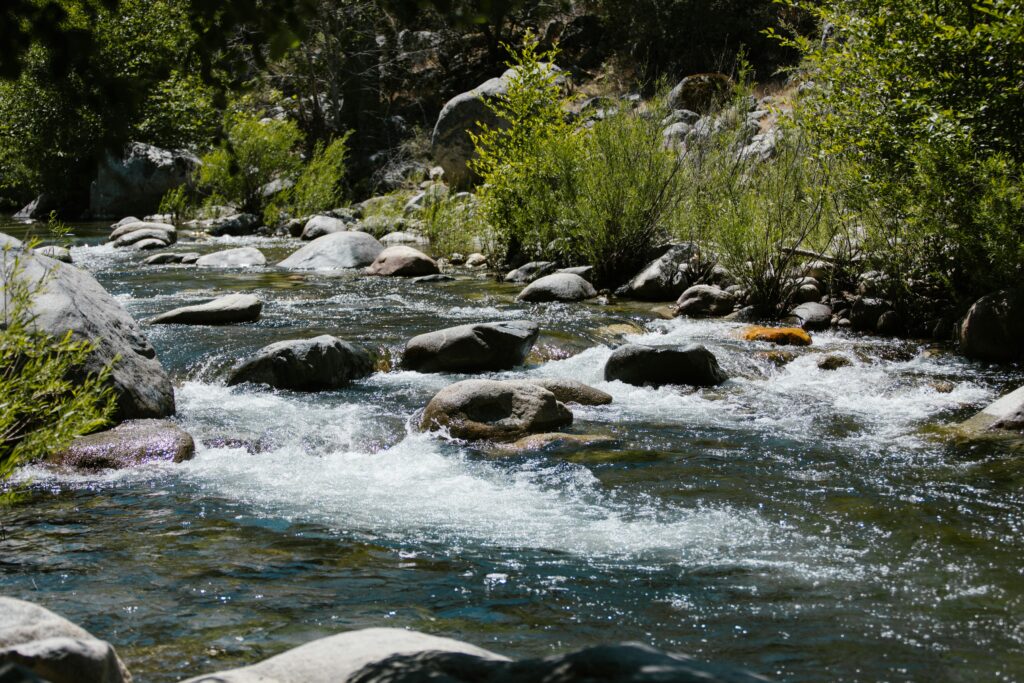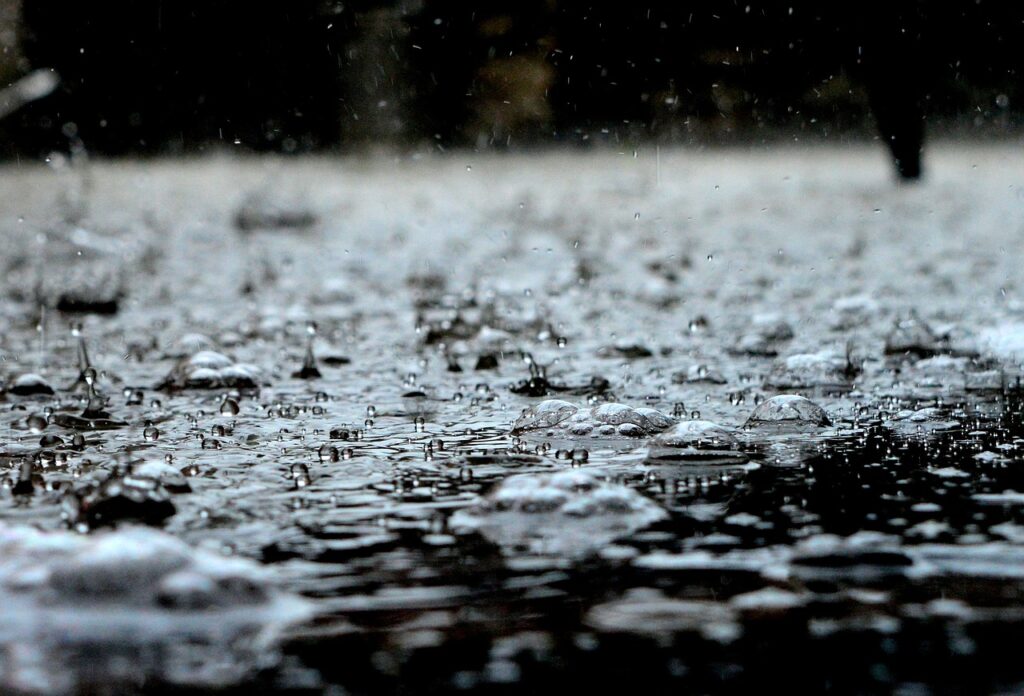Water is essential for life on Earth, covering approximately 71% of the planet’s surface. From oceans to glaciers, rivers to the atmosphere, water exists in many forms and locations, each playing a vital role in our ecosystems. While we tend to think of water simply as “H2O,” it is categorized into different types based on its location, composition, and uses. Understanding these categories helps us appreciate the many forms of water that sustain life and why they must be carefully managed and preserved.
In this article, we will explore the six key categories of water on Earth, explain their significance, and highlight how each type of water contributes to life on our planet.
1. Saltwater

Saltwater makes up a significant 97.5% of Earth’s total water supply. It is found primarily in the world’s oceans and seas and is the dominant form of water on Earth. Saltwater contains a high concentration of dissolved salts, making it unsuitable for human consumption and most land-based life forms.
However, saltwater plays a critical role in the planet’s climate and ecosystems. Oceans regulate global temperatures by absorbing heat and serve as habitats for countless marine species. Saltwater is also important for economic activities such as shipping and fishing. In some regions, innovations like desalination are making saltwater a more viable resource for drinking and agriculture, although it is still not the most common source of freshwater.
2. Freshwater

Freshwater refers to water that has low concentrations of dissolved salts and is critical for all life on Earth. Although freshwater accounts for only about 2.5% of Earth’s total water, it is the water we rely on most for drinking, agriculture, and industry. Freshwater is primarily found in rivers, lakes, and underground reservoirs.
However, much of Earth’s freshwater is not easily accessible. Around 68.7% of this water is trapped in glaciers and ice caps, leaving only a fraction readily available for human use. The challenge of water scarcity arises because many regions lack sufficient freshwater sources, highlighting the need for better water management and conservation.
Freshwater is classified into two types: surface water (rivers, lakes, and reservoirs) and groundwater (water stored in underground aquifers).
3. Groundwater

Groundwater refers to water stored beneath the Earth’s surface, filling the spaces between rocks and soil particles. About 30% of Earth’s freshwater is groundwater, making it one of the most crucial sources of water for drinking and irrigation. Groundwater is replenished through precipitation that infiltrates the soil, but it moves very slowly, making it vulnerable to overuse and contamination.
The quality and quantity of groundwater are essential for both rural and urban communities. Unfortunately, excessive pumping of groundwater, combined with pollution, has caused some aquifers to deplete, threatening the availability of this valuable resource. Protecting groundwater through sustainable management practices is critical for long-term water security.
4. Surface Water

Surface water is the water found on the Earth’s surface in bodies like rivers, lakes, and ponds. This category is the most directly accessible form of freshwater, providing vital resources for agriculture, industrial processes, and human consumption. It also supports aquatic ecosystems, including fish and other marine life.
Surface water can be found in many forms: rivers and streams that flow across the landscape, reservoirs designed to store water, and lakes that collect water over time. Surface water is more susceptible to contamination from pollutants, sewage, and industrial waste, making water treatment essential for its safe use.
5. Ice and Snow

Around 68.7% of Earth’s freshwater is locked in ice and snow, primarily in glaciers, ice sheets, and snowfields. This water is not directly accessible but is crucial for the Earth’s climate and water cycle. The melting of glaciers and snowpacks feeds rivers and lakes, contributing to the availability of freshwater.
In addition, ice and snow play a critical role in regulating Earth’s temperature. They reflect sunlight and help cool the planet. However, the rapid melting of glaciers due to global warming is contributing to rising sea levels, highlighting the urgent need for climate action.
6. Atmospheric Water

The atmosphere contains water in the form of water vapor, which plays a vital role in Earth’s weather patterns and hydrological cycle. Atmospheric water contributes to precipitation, such as rain and snow, which replenishes surface and groundwater supplies.
While atmospheric water makes up only a small percentage of Earth’s total water, it is essential for maintaining the water cycle. In some regions, technologies like atmospheric water generators (AWGs) can extract water from the air, making it a potential resource for arid areas.
Conclusion
Understanding the six key categories of water—saltwater, freshwater, groundwater, surface water, ice and snow, and atmospheric water—can deepen our appreciation for the complex and interconnected water systems on Earth. Each category is crucial for sustaining life and maintaining the balance of the planet’s ecosystems.
With growing concerns over water scarcity, pollution, and climate change, it’s more important than ever to protect and conserve our water resources. By knowing how water is classified, we can make informed decisions that ensure clean, accessible water for future generations.








